moonofmiranda
174 posts
-We often suffer. Our flames turn to ashes. But art can set fire to the dust. -Rainer Maria Rilke
Don't wanna be here? Send us removal request.
Photo
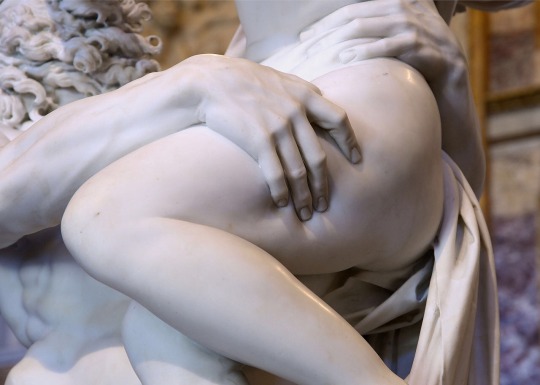
not to be a nerd but it’s so crazy how he (Bernini) really did that from cold hard stone……. truly a spectacle, truly breathtaking, an honor to behold
499K notes
·
View notes
Photo


Growth by Grady Frederick
1K notes
·
View notes
Photo

Marguerite Burnat-Provins (1872-1952) - Confiance, 1926
865 notes
·
View notes
Text

Paul Klee (Swiss/German, 1879-1940), Nächtlicher Fels [Nocturnal Rock], 1927. Watercolour and pen and ink on paper laid down on the artist's mount, sheet: 19 x 12 1/4 in. Mount: 19 15/16 x 12 3/4 in.
474 notes
·
View notes
Photo
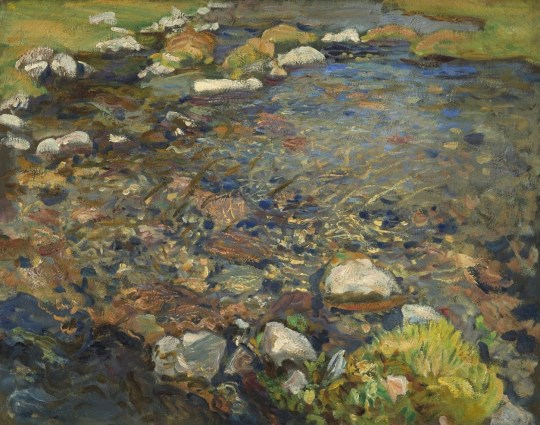
John Singer Sargent, Val d'Aosta (A Stream over Rocks; Stream in Val d'Aosta), ca.1907-08, Oil on canvas
10K notes
·
View notes
Text
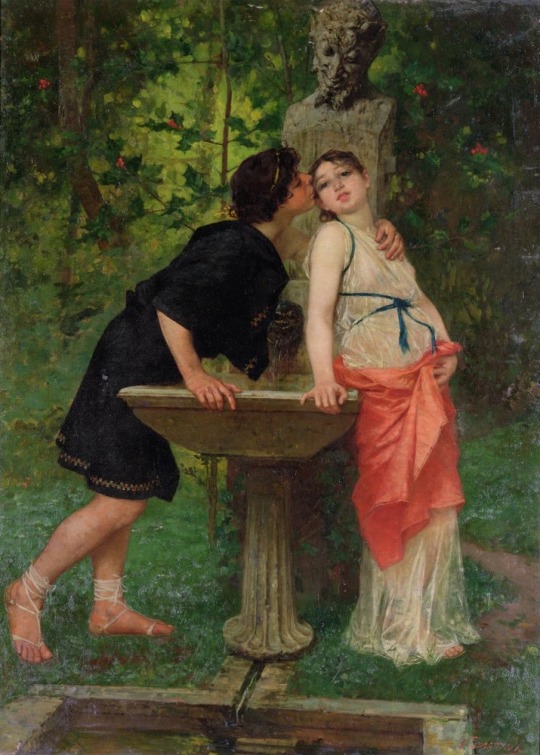
Roberto Faustini - Lovers by a Fountain
Italy, 1850
If someone let me kiss continually your honey-sweet eyes, Juventius,
continually I’d kiss even to three hundred thousand kisses,
nor ever should I seem on the verge of having enough,
not even if the crop of our kisses should be
thicker than dried wheat sheaves.
-Catullus, Carmen XLVII
In Italian:
Se quei tuoi occhi di miele, Giovenzio,
fosse dato baciarli, sempre sempre
trecentomila volte, neanche allora
penserei di saziarmene in futuro,
fosse messe di baci fitta fitta
come mai fu messe di spighe asciutte.
#art#painting#paintings#italian art#XIX century art#Roberto faustini#Catullus#Catullus poetry#Carmen XLVII#juventius
3 notes
·
View notes
Text
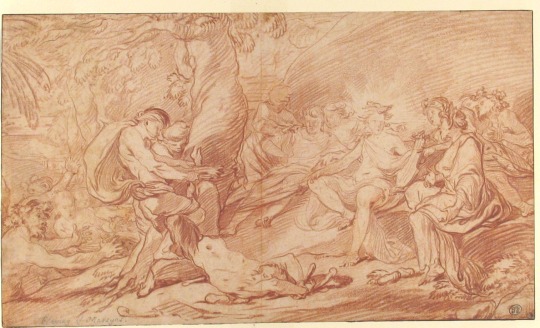
François van Loo, The Flaying of Marsyas
Circa 1730, France
François van Loo was a member of the so-called "van Loo Dynasty" of painters. His father, uncle and brothers were also high-regarded painters of de Académie Française d'Italie in Rome, with his father also working in Florence, Aix-en-Provence and in Turin, where François was raised by his mother.
François's older brother Louis-Michel was a member of the Académie, where François soon joined him. However, in 1732, François left Rome for Florence, where he intended to meet with his uncle Carles and travel from there to Paris. As they were approaching Turin, François was involved in a horse accident and sadly died.
0 notes
Photo



Pots and Pans by Anthony Brault
17K notes
·
View notes
Text










"la venida de cristo" (the cumming of christ)
paintings by fabián chairez (mexico, born 1987) also available as a postcard set
his exhibition in mexico city is currently being targeted by extremist religious groups and christian groups are trying to sue him (X) for his work so i thought i would show all of tumblr
29K notes
·
View notes
Text
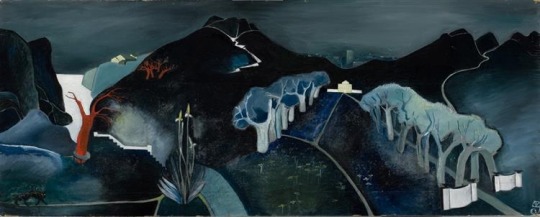
Tove Jansson - Mysterious Landscape
Finland, 1930
#tove jansson#I really wish I had found a better quality picture#but free use online options have their limitations#paintings#tove jansson art#moominvalley#moomin#Finnish art#Swedish art
11 notes
·
View notes
Text

Otto Dix - Baby With Umbilical Cord
1934, Germany
#Otto Dix#Baby with umbilical cord#newborn#Weimar republic#3rd reich#German painter#paintings#German expressionism#expressionism#interwar period#birth#life#new life#baby#Nazi germany
14 notes
·
View notes
Text
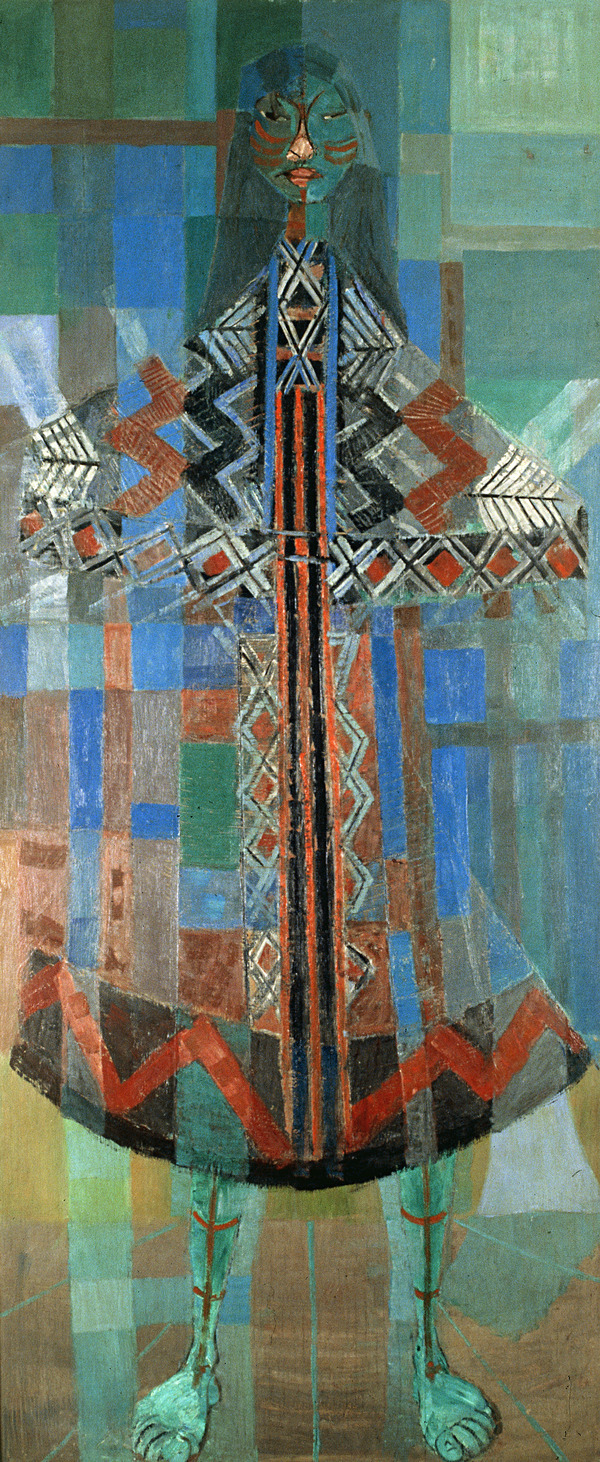
Cândido Portinari - Carajá Dancer
1959, Brazil
Cândido Portinari is one of Brazil’s greatest -if not the greatest- painters, and certainly the first to reach that level of international recognition. He is responsible for the famous “War and Peace” mural that decorates the United Nations Headquarters in New York City.
Once referred to as “the Brazilian Picasso”, Portinari seamlessly incorporated the XX Century stylistic innovations from Europe without abandoning the ideals of the brazilian “antropophagia” movement, which advocated for the emergence of an uniquely Brazilian art, by merging European styles and techniques with themes related to the culture of the country, especially its often overlooked indigenous and African roots. (antropophagia literally means “cannibalism,” the devouring and assimilation of all that is human)
While Portinari is hardly considered a member of the 1920s first generation of antropophagues, Carajá Dancer, a 1959 portrait of a woman form the indigenous Carajá people with a clear cubist influence, is proof that his work is a masterful carrying over of those aesthetic ideals into new and even more modern art movements, proving that traditional indigenous culture can and should have a place in the bold and innovative modern culture of the XX Century.
#Cândido Portinari#Carajá dancer#Carajás#pintura#arte brasileira#Brazilian art#paintings#cubism#Brazilian cubism#Brazilian painter#antropofagia#antropophagia#Tarsila do Amaral#Oswald de Andrade#Mario de Andrade#Anita Malfatti
5 notes
·
View notes
Text

Henri de Toulouse-Lautrec - Study of a Dancer
1888, France
6 notes
·
View notes



